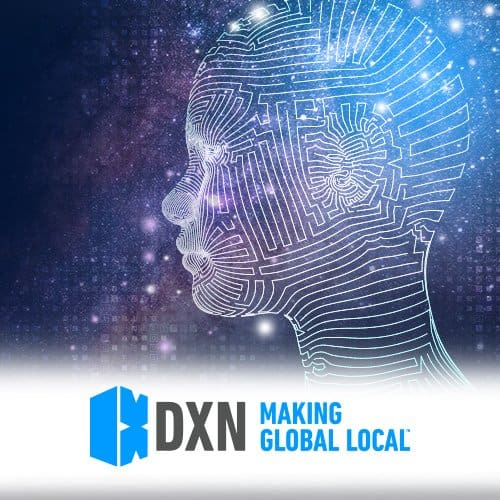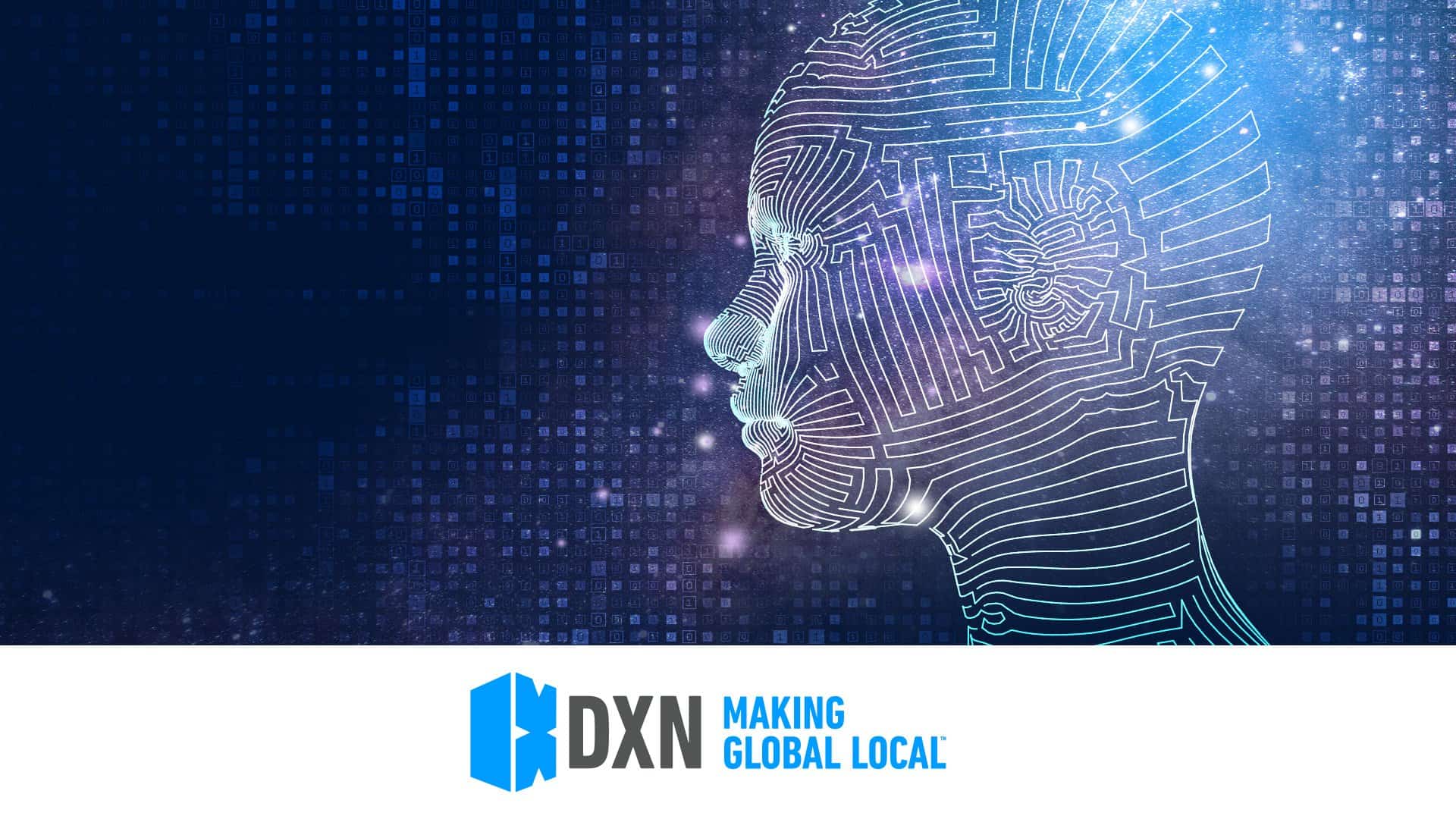The Internet of Things (IoT) is a concept that has been around since the early days of computing. It refers to the idea that everything will be connected to the internet and each other, creating a networked system that can be controlled by a single user.
But what does this mean for our future? What will happen when we no longer need to use smartphones or PCs, but rather wearables and smart devices? By 2025, Gartner predicts that there will be more than 30 billion connected devices in use worldwide. This growth will create new opportunities for businesses and consumers alike—and new challenges as well. In order to keep up with this rapid rate of change, companies must adopt new processes and systems that allow them to innovate quickly.
Artificial intelligence (AI) has been evolving for decades. It started with the idea of humans creating machines that could think like them, but over time it has evolved into something much more complex.
It’s now possible for machines to learn from their experiences and make decisions based on them. They can even create new information about their surroundings that wasn’t present before.
This technology is known as machine learning (ML), and it’s just one example of how artificial intelligence has changed over time.
Another major change in artificial intelligence involves IoT (Internet of Things) technology at the edge. In this case, devices are connected to each other without needing a central system to direct them or provide information. This means they can process information quickly while also being fully autonomous and self-sufficient and that opens up a whole new world of possibilities!
AI has been around for a long time, but it’s undergoing a major evolution. The first wave of AI was about expert systems and knowledge-based systems. But now we’re entering the second wave of AI, which is based on learning from data.
The first wave of AI was focused on knowledge-based systems, programs that used expert rules to make decisions. In the second wave, we’re seeing a shift towards “learning from data.” This means that instead of having programmers write specific rules for every situation that might arise in an application, computers are learning to adapt themselves to new situations based on what they’ve learned from previous experiences.
Artificial Intelligence Trends on the rise:
Analytics and artificial intelligence continue to revolutionise how we live and work. Enterprise leaders’ priorities have shifted from merely ‘surviving’ to ‘thriving,’ which has in turn necessitated more sustainable and scalable solutions. As a result, the following trends have emerged:
AI in the Field of Cybersecurity
You can make critical prioritization decisions via AI-based cybersecurity systems. These systems provide the most up-to-date knowledge of industry-specific and global threats. Such decisions depend on what could probably be used to attack your enterprise. Inferred from AI analysis, prescriptive insights enable you to configure and increase controls as well as processes to hone your organization’s cyber resilience most effectively.
Data Access Facilitates Ubiquity
Data is increasing the adaptability of artificial intelligence. One of the most recent AI innovations in 2020 has been data access enabling ubiquity. Accurate and trustworthy data enables businesses to transition to AI-powered automated decision-making, resulting in lower operational costs, streamlined processes, and enhanced research capabilities. As AI becomes more complex, it will result in more widespread and cost-effective access to critical data.
Data and analytics on cloud
Data, cloud, artificial intelligence and machine learning can all work together to power data-driven business intelligence at scale. In 2022, cloud data will serve as the foundation for the majority of new digital initiatives. Collaborations with cloud analytics providers will enable enterprises to rapidly scale their analytics capabilities while avoiding the costs and administration associated with on-premise hardware.
Model-centric AI to data-centric AI
Model-centric AI is giving way to data-centric AI in analytical systems. Whereas model-centric processes keep data fixed while continuously improving the code or model, a data-centric approach keeps the code fixed while focusing on improving the quality of data that enters. As a result, high-quality data is available at all stages of the Machine Learning lifecycle.
The continued evolution of AI and IoT
2022 will be a year of increased internet of things (IoT) use, with the combined use of AI, IoT, edge computing, and 5G networks enabling smarter, more interactive products and services. Integrating IoT data and analytics into the data fabric can help enterprise leaders innovate at scale.



